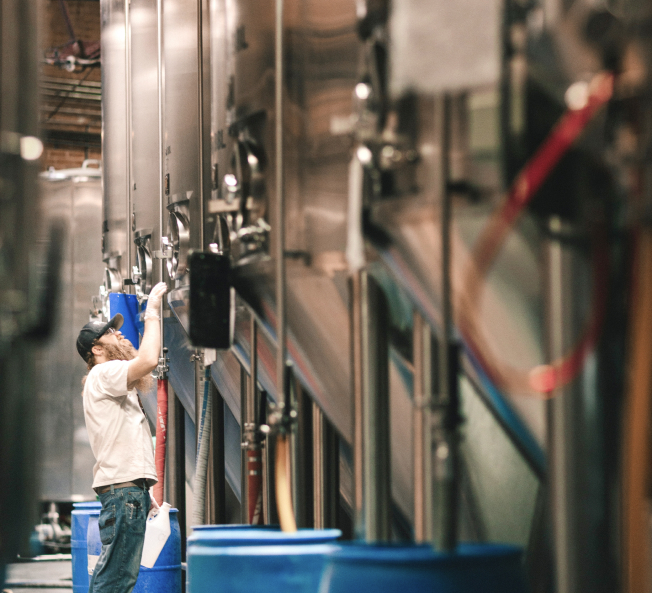Gases that fuel industries and communities
From medical to industrial, bulk gas to cylinders, we produce and provide the gases and molecules that businesses need to operate, excel, and grow.
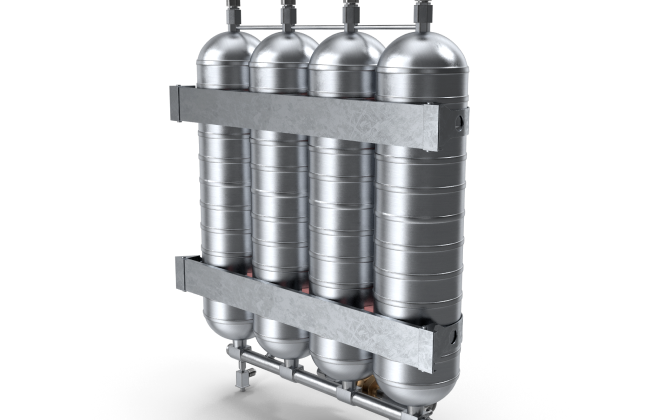
Propellants for growth.
From medical to industrial, bulk gas to cylinders, we produce and provide the gases and molecules that businesses need to operate, excel, and grow.
Every business has different needs, and the way you get your product is just as important as the product itself. We offer several modes of supply to meet your needs.
Convert to bulk gas storage systems to minimize cost while enjoying the benefits of consistent quality and reduced cylinder handling.
A solution for customers whose consumption is too large for liquid dewars, but too small for a bulk application.
A wide variety of cylinders to fit your needs.
Fast-moving products for fast-growing businesses.
Acetylene, a compound of carbon and hydrogen, is a colorless, highly flammable gas. It is slightly lighter than air and has a garlic-like odor. Acetylene is manufactured by the reaction of water with calcium carbide, and is dissolved in acetone as a stabilizer for storage and transportation.
Acetylene is used for chemical synthesis and for oxy-acetylene cutting, heating and welding.
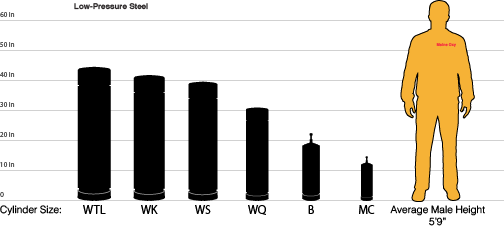
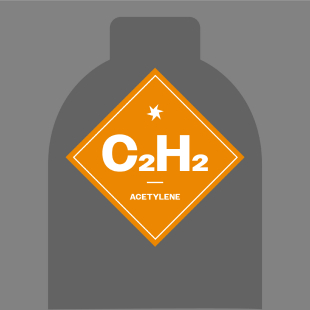
Argon is a non-flammable, colorless, odorless, chemically inactive gas which comprises less than 1.0% of the atmospheric air. Commercial argon is the product of air separation, where liquefaction and distillation produce a grade of low purity from which oxygen must be removed (by combining it with hydrogen to produce water).
Argon is widely used as a fill gas in incandescent and fluorescent lamps, and is an inert shielding gas for arc welding to protect the weld from contaminants.
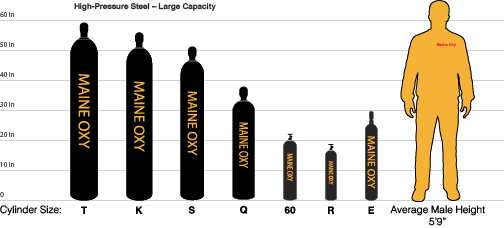
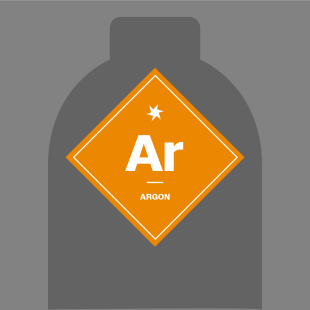
Carbon Dioxide is a non-flammable, colorless, odorless gas with an acidic taste. Atmospheric air contains only 0.03% of Carbon Dioxide, so it is not a commercially feasible source; rather, numerous manufacturing processes furnish by-product streams from which carbon dioxide may be obtained, such as the combustion of coal and natural gas.
Carbon Dioxide is used to carbonate soft drinks, freeze and process food, and acts as a shielding gas in the arc welding process. It is also used extensively to fill fire extinguishers.
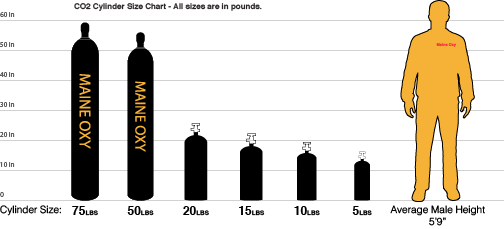
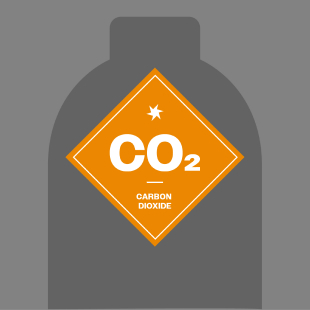
Helium is a non-flammable, colorless, odorless gas which is the second lightest element known. Its concentration in the atmosphere of just 0.0005% also makes it one of the most rare gases. Natural gas wells store helium and provide the principal source of this gas, which is extracted by a stripping process.
After hydrogen, helium has the smallest molecular cross-section of any gas. Its permeation rate and ease of detectability make it an ideal medium for leak detection. Helium is widely used as a shielding gas for arc welding and as an inter gas in the production of reactive materials, and safely fill the need to replace hydrogen in lighter-than-air applications.
Helium is also used for balloon filling.

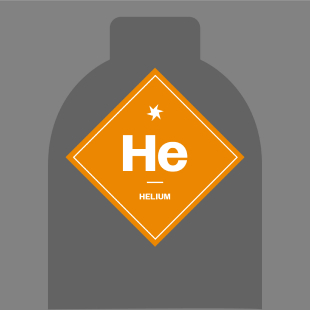
Hydrogen, the lightest element, is a colorless, odorless, tasteless and flammable gas found at concentrations of about 100 ppm (0.01%) in the air. Sources for this gas are numerous, including dissociation of ammonia, electrolysis of water, and extraction from by-product streams of chemical and petroleum processing.
Hydrogen is widely used in the petroleum refinery processes of hydro treating and hydrocracking, and serves the food industry by turning inedible grease into soaps and animal feeds. In the welding industry, Hydrogen is used as a fuel in underwater oxy-hydrogen torches, and for metal welding and brazing. The space program also uses hydrogen as a rocket fuel when weight and energy considerations are paramount.


Nitrogen is a colorless, odorless, non-flammable gas which constitutes over 78.0% of atmospheric air. Commercial nitrogen is the product of air separation, and is used for inerting electrical systems and chemical manufacturing, and for food processing and packaging.
Due to its reactivity under the influence of high heat and chemicals, nitrogen is not used as a shielding gas in the welding industry. It is, however used as a purging and refrigerant gas, and has powered many impact wrenches in the motorsports world.

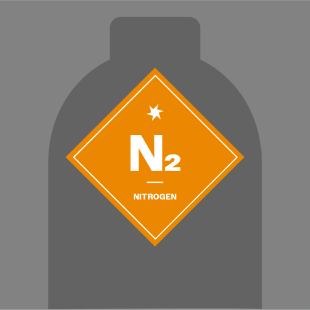
Oxygen is a colorless, odorless and non flammable gas which is the earth’s most abundant element. Combined in water as H2O and in other combinations, oxygen make up close to 50% of the earth’s crust. The principal uses of oxygen stem from its strong oxidizing and life-sustaining properties.
Oxygen is used in the metals industry in conjunction with acetylene and other fuel gases in metal cutting, heating, welding, hardening, and scarfing. In the chemical and petroleum industries, oxygen is used in the production of synthetic gas from coal and liquid fuels.

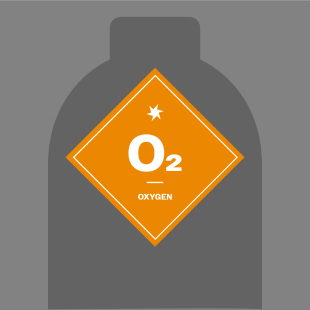
Dry Ice is the quickest, most cost effective way to keep material frozen. Dry ice is basically solidified Carbon Dioxide (CO2). It is kept at -109.3º F. Once exposed to warmer air, it will sublimate, or begin reverting back to its original gaseous state. Therefore, dry ice should be used immediately upon purchase, or placed in a cooler with robust insulation. Once manufactured, dry ice will essentially begin its sublimating process immediately.

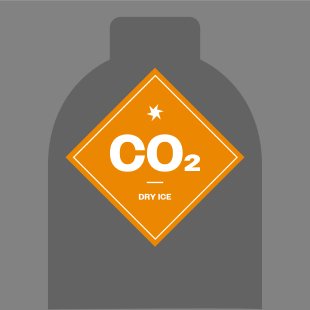
Our clients are as diverse as the products we provide. See who benefits from our services, and find out how we can serve you.
